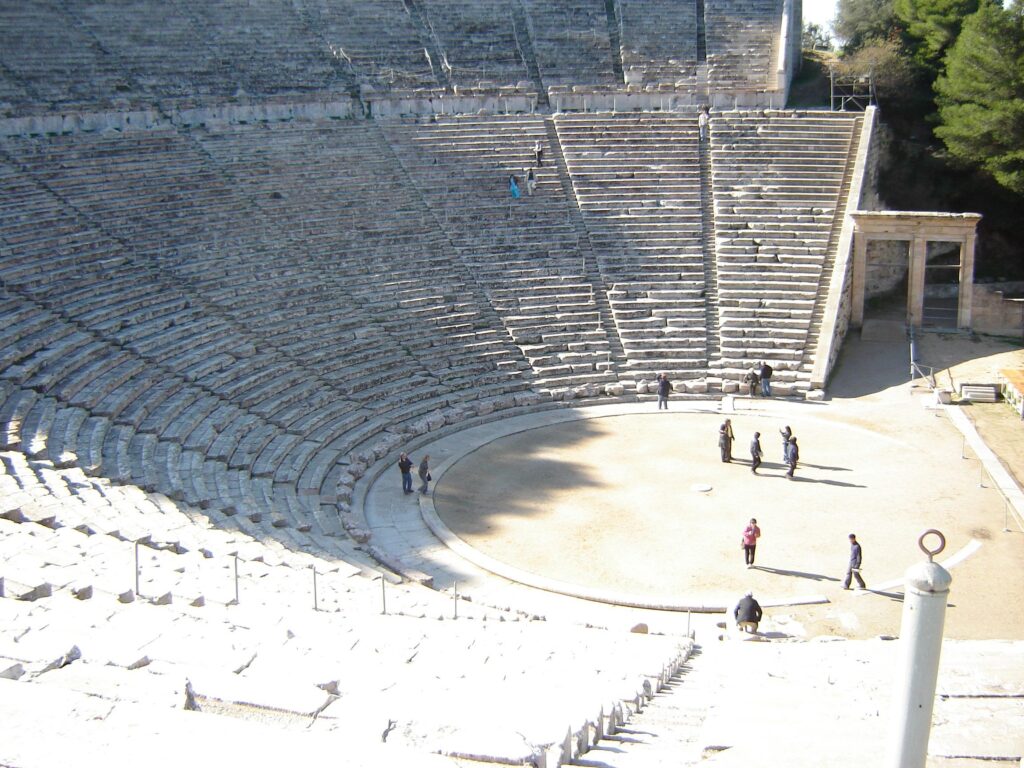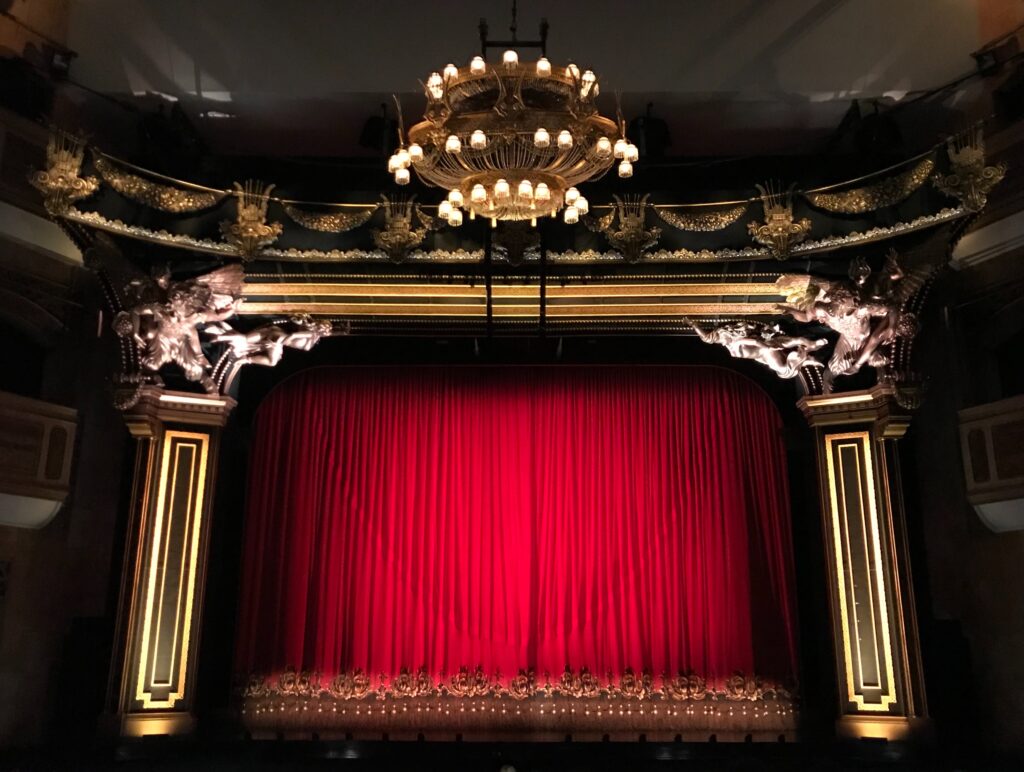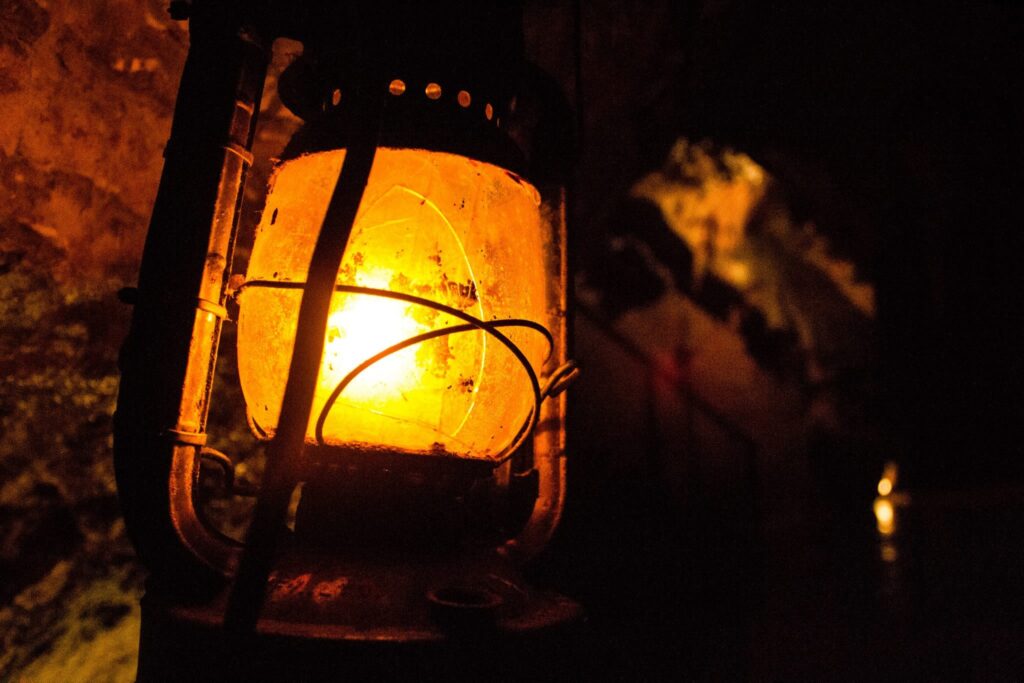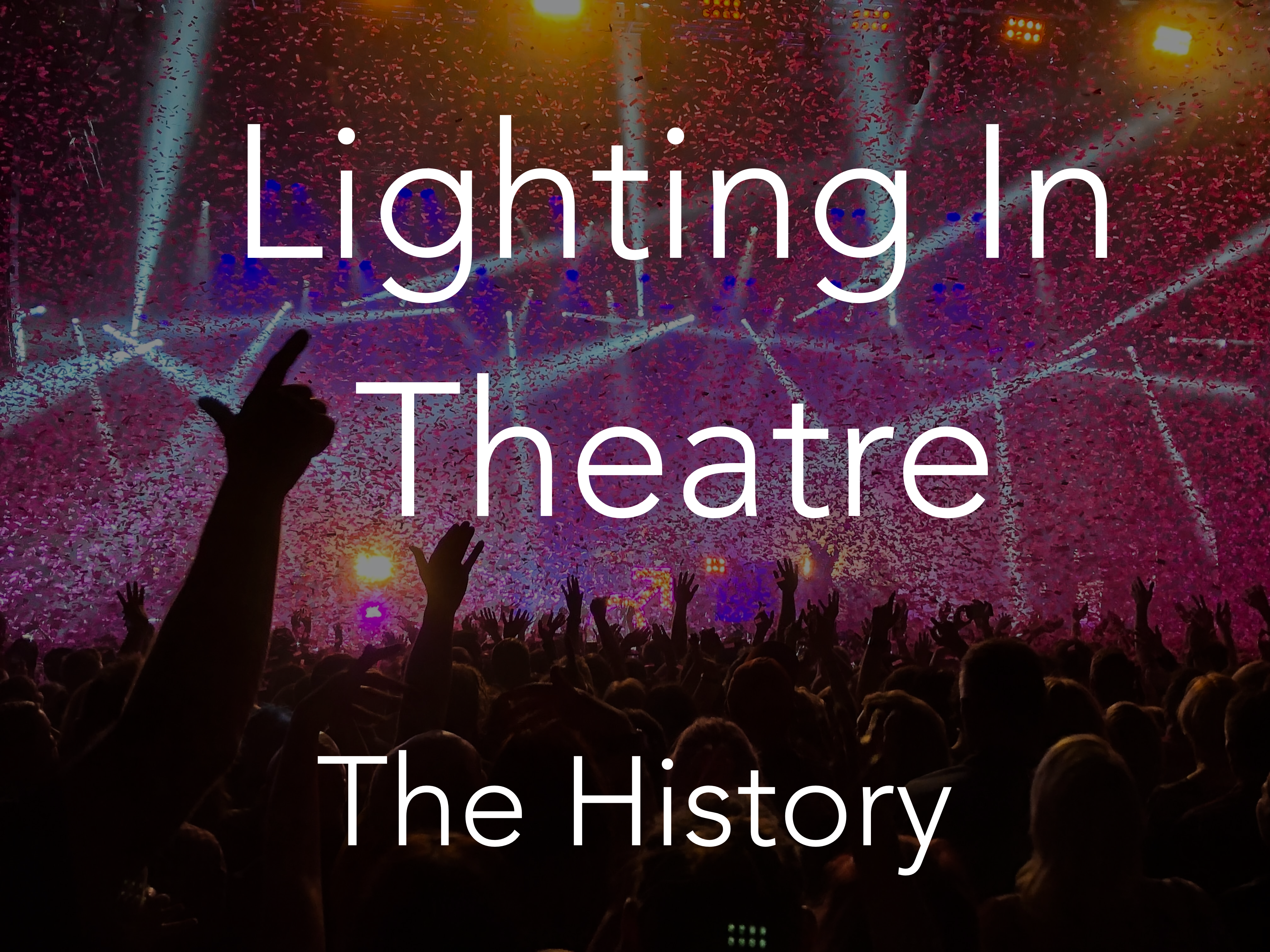- History of Lighting in Theatre: Part 1
Theatre has a history spanning multiple thousands of years with its roots of story telling and performance present globally in all cultures even further back. Lighting is an incredibly important part of modern theatre, able to set the mood, time and ambiance of the performance at hand. Modern Lighting systems are growing in complexity with every performance, with venues and productions pushing forward the technology at an ever growing pace.

Theatre as we know it, started back in Ancient Greece in Athens before quickly spreading throughout the rest of Europe. Theatres were outdoor spaces, built for community and featured design ideas and principles that we still use today such as amphitheatre seating for acoustics. Pictured above is the Theatre of Epidaurus, one of the best preserved theatres from this time period. It features a circular playing area amongst the amphitheatre seating.
During this time, theatres relied on natural lighting and built the spaces around this. Many featured designs that were built east to west providing afternoon plays with natural sunlight to light the actors whilst shielding the audience and orchestra. This design was adapted as venues continued with Early English Theatres featuring roofless designs to provide natural lighting of the stage. This can be seen in the modern recreation of Shakespeares Globe, with open stalls and roofed tiered seating.
As theatres began to move indoors, the need for artificial lighting became a requirement. This pushed theatre and technology together with the introduction of candlelight. It is unknown exactly when this transition began, however references to lighting with candlelight have been found as early as 1540s so likely began in the early 16th century.

In 1545, Italian Architect Sebastiano Serlino discussed creating lighting effects with candlelight and jars of coloured liquid. Whilst candle light mainly remained standard and little changed this marks an example of early lighting effects akin to modern gel. Another notable example during this transition is Shakespeares Globe theatre again, where summer performances were given at the Globe with it’s roofless design for natural light, winter performances were instead given at Blackfriars Theatre and were lit by candlelight.
In 1642, as civil war broke out in England, Parliament ordered theatres to close. This was reinforced with a total ban in 1648 at the start of the second civil war. The ban lasted 18 years until 1660. During this period, many theatres in England were demolished, with fines for spectators, advancements in theatre technology pivoted back to Europe. King Charles II brought a close to this famine of English theatre, and with it, brought the improvements he witnessed in Italian theatre back. This kickstarted the period known as Restoration Theatre.

New playhouses were built to replace those lost. These larger restoration venues called for more advanced lighting but were split in two. Commercial and Court theatres. Commercial venues tended to be more budget restricted, and would heavily rely on chandeliers. Drury Lane Theatre and Convent Garden Theatre are examples of commercial restoration theatres. These featured large central chandeliers, usually above the audience or forestage, with a number of smaller stage chandeliers and wall scones around the venue. These utilised Dipped Wax candles, which are made by dipping a wick into hot wax repeatedly to build up a candle. These presented a few problems but were largely unavoidable at the time. Dipped Wax candles required trimming and relighting constantly. They would also drip hot wax onto the audience and actors below. Chandeliers would also often block the view of the stage for some patrons.
Court Theatres could afford more advanced lighting found in European innovative venues of the time. The Cockpit Theatre, and Hall Theatre, built between 1660 and 1665, are two prominent example of such venues. Chandeliers remained prominent as the main source of light in these venues, but other advancements were being implemented, especially at the Hall Theatre, which by the 1670’s had introduced footlights. This style of lighting is still prominent in modern lighting today, used of performances of all kinds, from Shakespearean drama to rock and roll.

Little changed in English Theatre until the early 1800s with the introduction of Gas Lighting. This began with the Drury Lane and Convent Garden Theatres. This quickly developed into a technology that many of us in theatre have learnt about, Quicklime. This was introduced in the 1820s and utilised a gas flame to heat a block of quicklime (calcium oxide). This produced a brighter source of light which could be controlled with lenses and reflectors. Most modern lighting uses a form of reflectors and lenses to control and morph the light into a usable beam. This type if lighting became known as Limelight, originating the saying of a person being in the limelight.
Limelight was originally used for industrial purposes before Scottish Engineer Thomas Drummond recognised its potential for lighting. He adapted limelight for use whilst surveying and produced the first working version in 1826. It wasn’t until 1837, at a performance by magician Ching Lau Lauro, that limelight found its first use in outdoor entertainment. Limelight was first used in indoor performances at Covent Garden Theatre in 1837, which began its widespread use in theatres throughout the world in 1860s and 1870s and were used in a manner similar to followspots. It remained the height of technology until the development of electricity.
With that, Part 1 of The History of Lighting in Theatre is complete. In part two we will explore electrical lighting and follow the developments that bring us to where we are today. Moving lights, dimmers, control systems are all yet to come.
If you haven’t already, consider joining our newsletter to stay up to date with all the latest in Show Control, we have a daily and weekly option so you can be on the bleeding edge, or a little more reserved.


Thanks for your blog, nice to read. Do not stop.